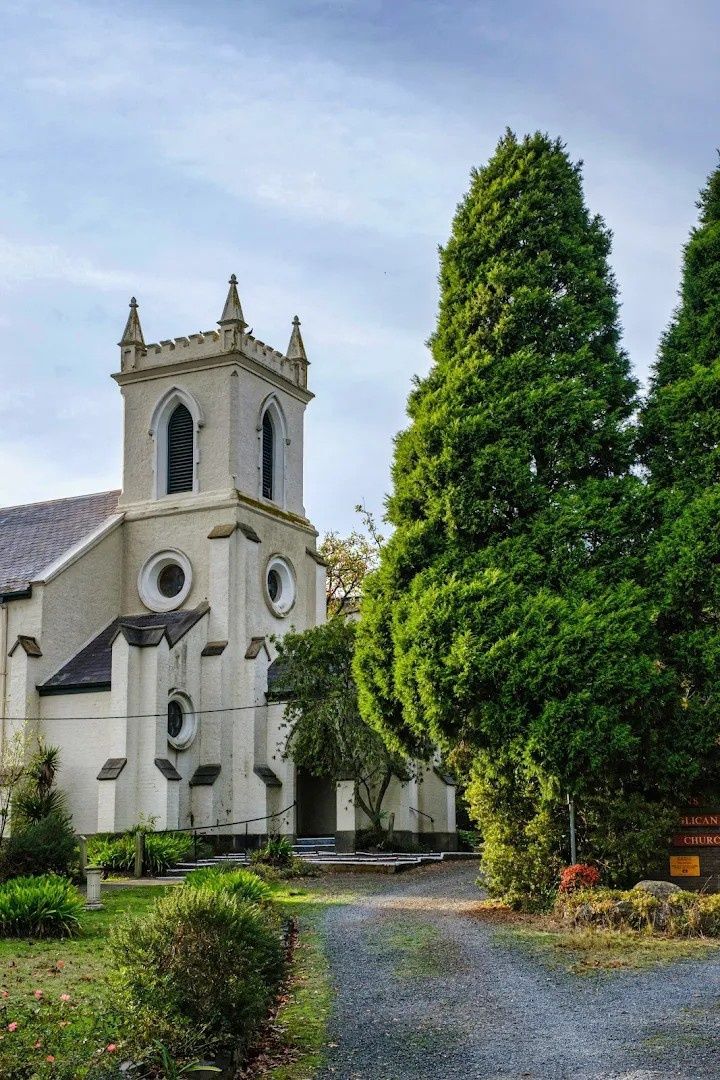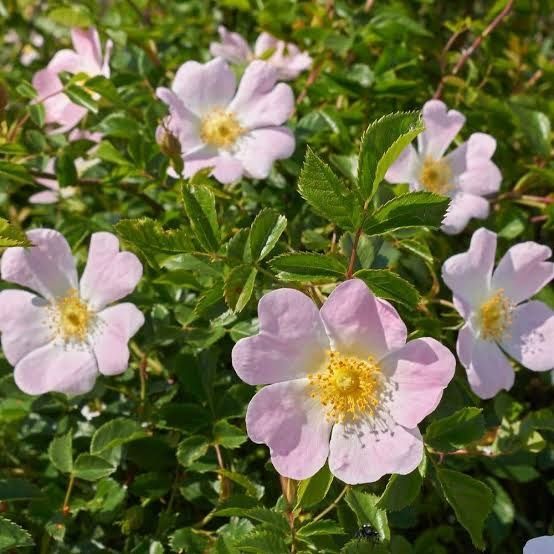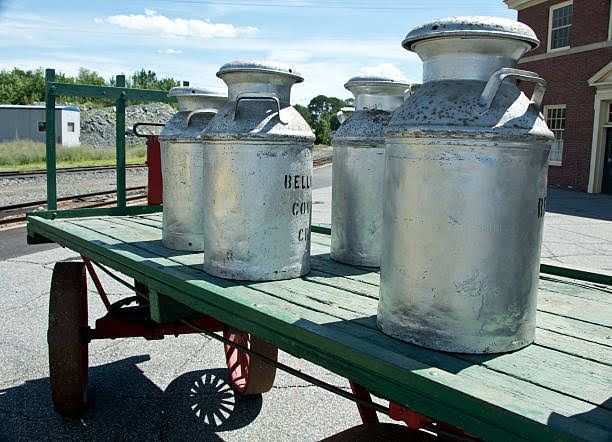1901 - In Praise of Heidelberg

What a difference a century makes!
The rural delights of the Heidelberg district, the Yarra, the markers of idyllic country living were often printed and read back in those heady days of Federation.
A new style of architecture was emeging, a new King was on the throne, the sun was shining on the Heidelberg district.
The name Eaglemont was not yet in vogue.
(Weekly Times, 21.12.1901, Page 15)
HEIDELBERG.
By "CAREW."
"Heidelberg is almost unique amongst Melbourne suburbs. Within easy reach of the metropolis, with railway and telephone communication, it also combines the charm of the country and the charm of "the bush."
City people drive out for afternoon tea, but coaches lumber in from Diamond Creek and Greensborough, and teams heavily laden with firewood zig-zag slowly up the hills.
There is something very English about Heidelberg, for although corrugated iron is used for buildings it is often painted terra cotta color, with most picturesque effect.

At the end of the Main street stands the Church of England, a prettily-situated old building, with a square white tower, to the left the public gardens, beyond them a perfect cricket ground — a natural amphitheatre.
The slopes of the surrounding hills command a lovely view, enlivened in one spot by the red flag of the rifle butts.
The pioneers planted hawthorn hedges and dog roses, privet and honeysuckle, which now form hedgerows seldom seen in this land of post and rails.

Nearly all the year round pale blush roses nod and sway in the hedges on the road to Templestowe, and masses of sweet briar and wild myrtle grow on the slopes by the wayside.
The bridge which spans the winding Yarra is built at a great height, for the banks are steep, but on the Heidelberg side are shady backwaters, where pollard willows form lovely groups, and wild duck leave a track through the green water weed.
We meet the Yarra at every turn. Here the evil-smelling, much-abused Yarra of the city is always lovely with wattle groves upon its banks, and giant gum trees at its edge.
On some of the dairy farms noble groups of trees still stand, affording welcome shade for cattle. In the hedges wooden platforms are built, the farmers place cans of milk on them, and a passing waggon collects them.
The jingle of empty cans returning is quite characteristic of the country side of life at Heidelberg."

Member discussion